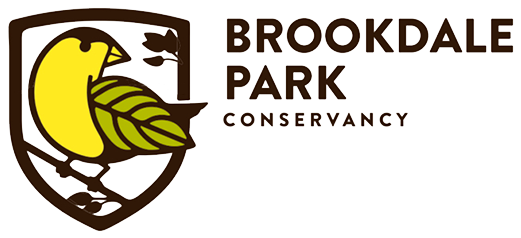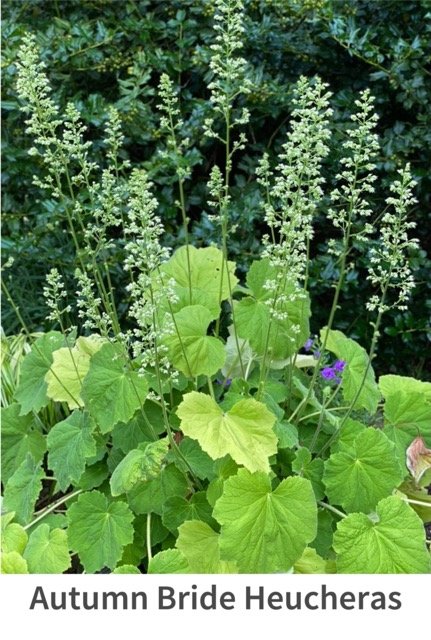by Yuliya Bellinger
After receiving her Master of Science Degree in Landscape Design from Columbia University Yuliya Bellinger opened a small firm specializing in creating unique outdoor spaces. In addition to having a landscape design degree she is a huge gardener! Through her garden experience and garden research Yuliya shares her passion for nature, art and science with our Brookdale Park community. Yuliya gardens in Zone 6, Northern New Jersey. Estimated read time: 2 minutes
Want to grow more native plants in your landscape?
Designing a garden with native plants is truly a joy. Integrating more native plants in your landscape not only creates a garden that is beautiful but also a garden that supports local wildlife. Their relaxed and delicate nature makes them easy to add into any landscape.
First, research native plants that grow well in your area. Consider factors such as your climate, soil type, water and sun exposure. In Northern New Jersey, with its abundant shade from trees, ferns such as Ostrich and Christmas thrive. Incorporate Wild Ginger, Trillium, Jack-in-the-pulpit, and Mayapple. Heucheras like this ‘Autumn Bride’ is a beautiful addition to a shade garden.
If you are blessed with lots of sunny exposure in your garden, native plant choices are plentiful. Start with Coneflowers, Amsonia, Swamp Milkweed, and Blazing Star. Native grasses such as Switchgrass and Little Bluestem provide a lot of movement in the garden and food for song birds. For lots of color and to attract even more pollinators, plant Bee Balm, Ironweed, and Joe Pye Weed. If you love hummingbirds, grow Cardinal Flower.
Soil Prep and Plant Spacing are critical for a thriving garden
Prepare soil by removing existing grass and weeds either manually or by using a ‘no dig’ method.
Position your plants according to the spacing they require. Make sure to consider how each plant will grow and spread over time. Keep in mind some plants seed prolifically like these Northern Sea Oats.
Provide regular watering during establishment but once native plants settle in they require little maintenance. To make a significant impact on improving the ecosystem with native plants, consider planting a keystone species such as a Red Oak. Keystone species are crucial for maintaining biodiversity and sustaining the food web.
Recommended Reading
My favorites for an even deeper dive into native plant gardening:
Designing Gardens with Flora of the Amerian East, by Carolyn Summers
Great Natives for Tough Places, Brooklyn Botanical Garden
A Guide to Native Plants of the New York City Region, by Margaret B. Gargiullo
Bringing Nature Home, by Doug Tallamy
American Plants for American Gardens, by Edith A. Roberts and Elsa Rehmann
Winter Seed Sowing for Kids of All Ages!
Winter is a great time to sow native seeds as many need to have a winter period of cold moist temperatures to break dormancy and germinate. Start small and grow as you learn!





